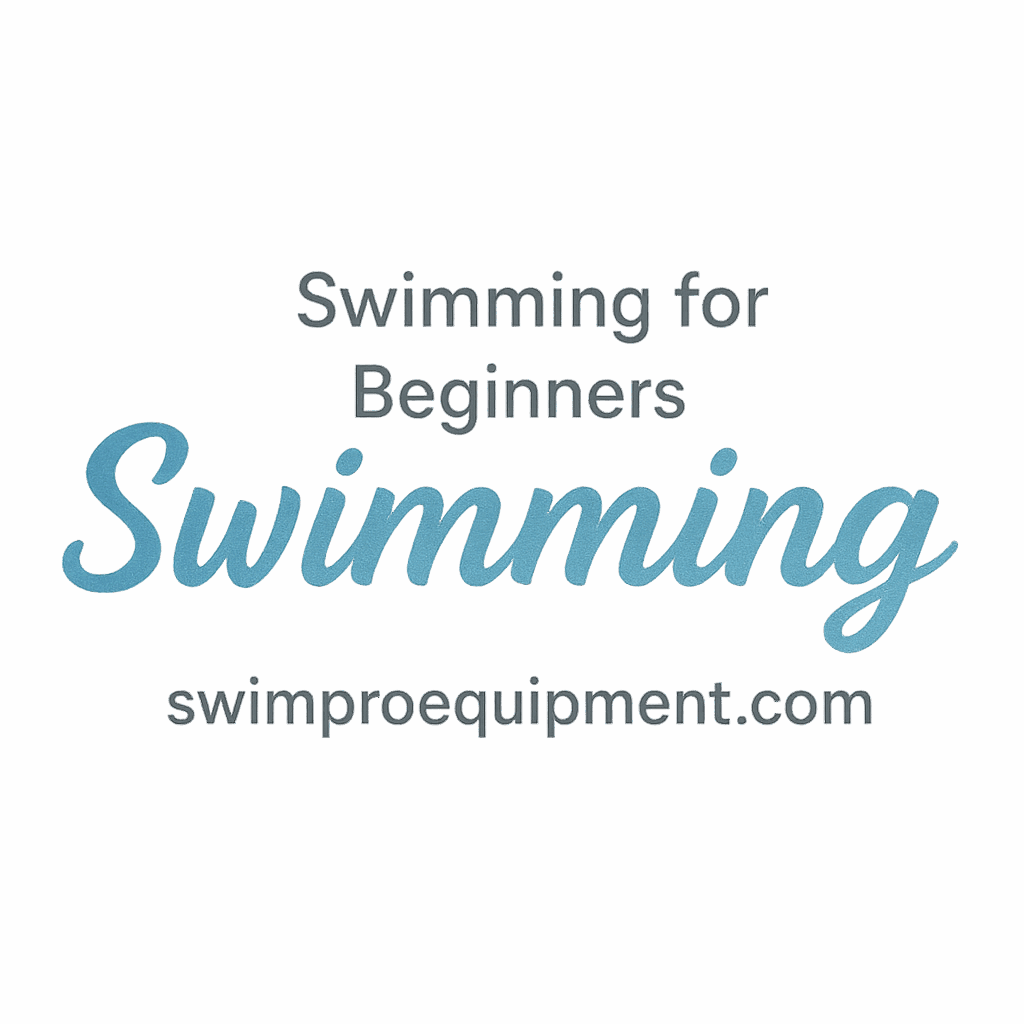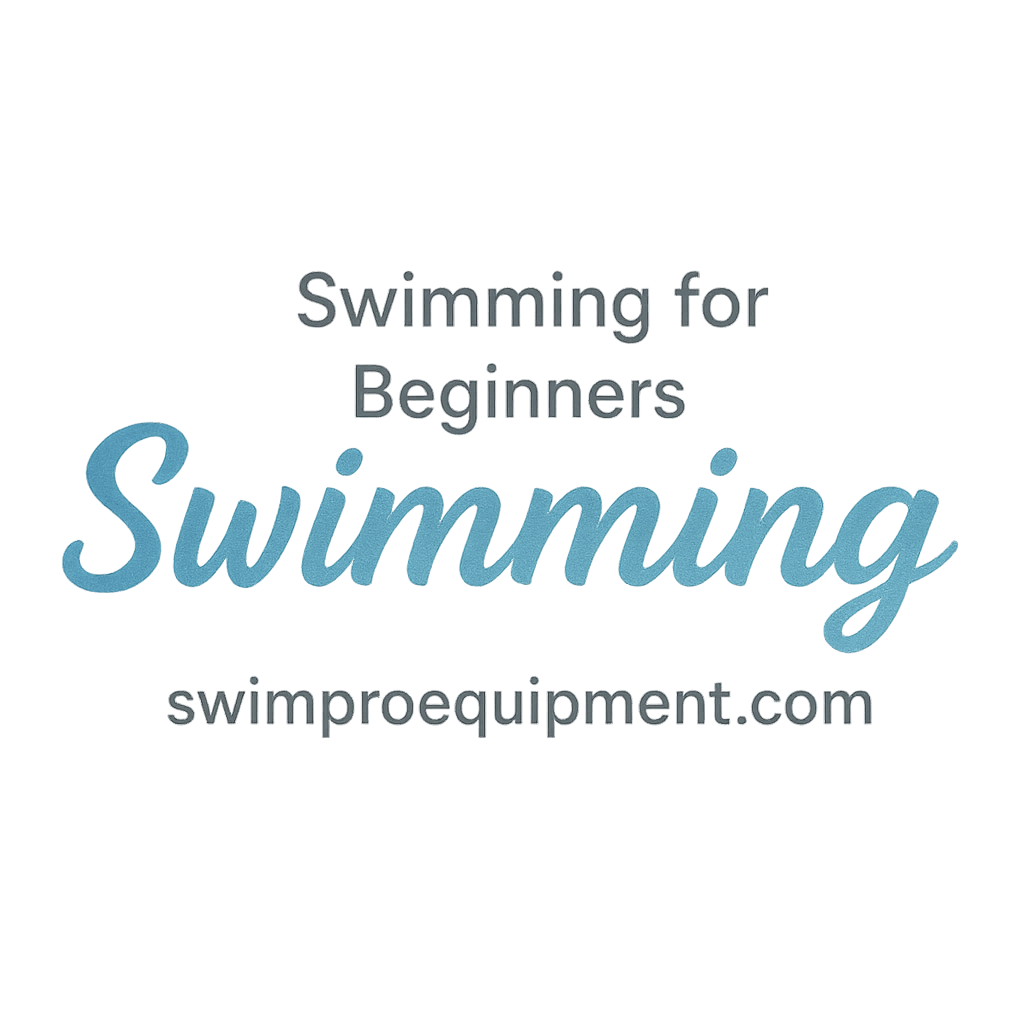Let’s be honest — your kick can make or break your swimming game. Whether you’re just getting started or want to upgrade your freestyle, breaststroke, or backstroke, the way you move your legs matters. Let’s dive into 9 tips for better swimming kick technique and how you can swim smarter — not just harder.
Why Your Swimming Kick Technique Matters
Your legs don’t just float behind you like useless noodles. A proper kick helps you maintain body position, improve propulsion, and reduce drag — all of which can make you faster and more efficient in the water.
The Role of Legs in Swimming Efficiency
Your kick accounts for about 10–15% of propulsion in freestyle and backstroke. In butterfly, it’s more, and in breaststroke, it’s EVERYTHING. So yeah, your legs are pretty important.
Common Kick Mistakes Beginners Make
Most newbies tend to:
- Bend their knees too much
- Forget to point their toes
- Kick too wide (hello, scissor legs!)
- Use too much energy without forward motion
Sound familiar? Let’s fix that.
Tip #1: Maintain a Streamlined Body Position
Think of your body like a torpedo — the straighter and tighter you are, the faster you glide.
How Body Position Affects Your Kick
If your hips sink or your head lifts too high, your legs drop and your kick loses power. That’s like swimming uphill — exhausting and inefficient.
Avoid Drag by Keeping Your Body Horizontal
Keep your head neutral, tighten your core, and imagine a line from the top of your head to your heels. This sets you up for a more effective kick.
👉 Check out Swimming Basics & Techniques for more body alignment tips.
Tip #2: Kick from the Hips, Not the Knees
This is where a lot of swimmers go wrong — they think kicking is like riding a bike. It’s not.
Hip-Driven Kicks = More Power
Your power comes from your hip flexors and core, not your knees. Let your leg swing from the hip like a whip — smooth, controlled, and fast.
Why Knee-Kicking Slows You Down
When you bend your knees too much, your kick becomes splashy and inefficient. It creates resistance — not speed.
🔖 Dive into this technique on our Swimming Technique Tag.
Tip #3: Keep Your Ankles Relaxed and Flexible
Stiff ankles? Say goodbye to speed. Your ankles are your underwater flippers.
The Secret Sauce: Loose Ankles
Point your toes, relax your foot, and let your ankle move freely. This creates a fin-like motion, which is way more effective.
Exercises to Improve Ankle Flexibility
- Ankle circles
- Resistance band stretches
- Toe point holds
🏷️ Explore more Swimming Essentials and flexibility tips to level up.

Tip #4: Practice Flutter Kicks Consistently
Want better kicks? Practice them — a lot.
Drills That Strengthen Your Kick
- Vertical kicks in deep water
- Kick sets with and without a board
- Side-kicking drills for balance
🔥 New to kicking drills? Our Training Workouts for Beginners page has your back.
Tip #5: Use a Kickboard — But Wisely
Kickboards are fantastic tools — when used correctly.
Pros and Cons of Kickboards
Pros:
- Isolate leg movement
- Build kick endurance
Cons: - Poor body position if misused
- Can cause shoulder strain
Mix up your training by combining board kicks and streamline kicks. Don’t rely solely on the board.
🎯 Discover must-have Swimming Gear & Equipment to boost your training game.
Tip #6: Keep Your Legs Close Together
Your legs should move like they’re part of a single unit.
Say Goodbye to Scissor Kicks
Wide kicks create drag and break streamline. Think small, fast movements — not big, splashy ones.
💡 Check out our content on Body Position to improve your overall kick efficiency.
Tip #7: Don’t Overkick — Find Your Rhythm
You’re not a motorboat. Too much kicking wastes energy.
Kicking Too Much? Here’s Why That’s a Problem
Your kick should complement your stroke, not dominate it. Overkicking:
- Tires you out
- Distracts from arm technique
- Messes with breathing
Instead, aim for a steady 6-beat kick rhythm (or 2-beat for distance swimmers).
🔁 Read about optimizing rhythm in our Training Tag.
Tip #8: Add Fins to Supercharge Technique
Training fins = turbo mode for your kicks.
Best Fins for Swim Kick Training
Choose short-blade fins to:
- Improve ankle flexibility
- Increase kick strength
- Maintain proper form
Safety Tips When Using Fins
- Use them sparingly to avoid strain
- Focus on technique, not speed
- Don’t skip warm-ups!
🌊 Stay safe and fast with gear from Swimming Safety & Health and explore Safety Gear.
Tip #9: Record and Analyze Your Kick
Ever watched yourself swim? You should.
Video Feedback Works Wonders
Recording your swimming sessions can reveal:
- Poor ankle movement
- Bent knees
- Asymmetry
Apps and Tools for Kick Analysis
- GoPro or waterproof cameras
- Swim video analysis apps
- Coach reviews
📈 Improve faster by tracking your kick on our Progress Tag or Tracking Tag.
Conclusion
Mastering your swimming kick technique is a game-changer. From proper body alignment to kicking with power from the hips, these tips aren’t just fluff — they’re the real deal. Practice regularly, stay patient, and track your progress. Before you know it, you’ll be slicing through the water like a dolphin on a mission.
Ready to kick it up a notch? Explore more resources on Swim Pro Equipment, where we help swimmers at all levels boost technique, safety, and performance.
Frequently Asked Questions (FAQs)
1. What’s the most common mistake in swimming kicks?
Bending too much at the knees instead of kicking from the hips is a top mistake.
2. How often should I practice kicking drills?
At least 2–3 times per week for noticeable improvement.
3. Are fins necessary for better kick training?
They’re not essential but highly recommended for developing flexibility and strength.
4. How can I tell if I’m overkicking?
If your legs are tired faster than your arms, or you’re splashing too much, you might be overkicking.
5. Should I use a kickboard every session?
No — mix it up to prevent poor habits and strengthen different kick-related muscles.
6. Can bad ankle flexibility really affect my kick?
Yes! Stiff ankles create drag and reduce efficiency. Flexibility is key.
7. Where can I find beginner-friendly kick training workouts?
Right here: Training Workouts for Beginners


